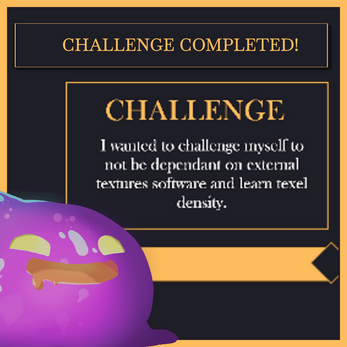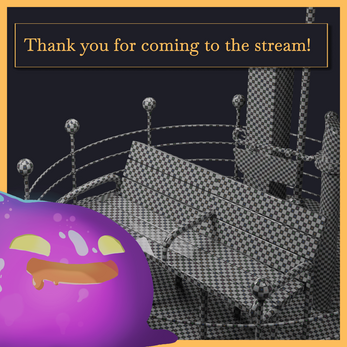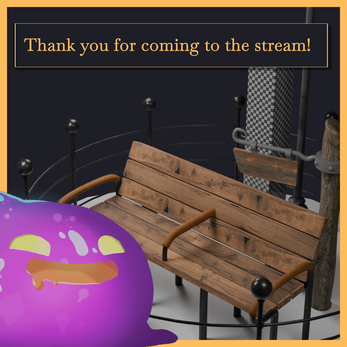
First project: Mini Environment
Challenging Myself as a 3D Artist
The reason for this project was to push my skills and improve as a 3D artist. My main focus was understanding texel density and learning to texture without relying on external software like Substance Painter. Here are the key takeaways from my stream and the work:
1. Texel Density & Texture Resolution
- Higher texture resolution enhances visual quality.
- Correct UV mapping and scaling are essential for accurate textures.
2. Mesh Scaling & Scene Placement
- Maintaining a 1:1 scale in Blender ensures textures fit realistically.
- Strategic asset placement affects how textures are applied, impacting quality.
3. Iterative Modeling
- 3D modeling is an iterative process—frequent adjustments to UV maps and scaling refine the final look.
4. Workflow Tools
- Blender add-ons like Univ and Texel Density and loop tools to better workflows.
5. Base Mesh & Modeling Techniques
- Model scale is key; a cube reference helps maintain consistency.
- Using curves, bevels, and modifiers adds detail and keeps the workflow clean.
6. Texturing & UV Unwrapping
- Neat geometry and UV unwrapping, with marked sharp edges, optimize texture mapping.
- Texture painting with stencils and high-quality materials (wood, metal) enhances visuals.
7. Normal Maps & Material Adjustments
- Experimenting with normal maps improves texture depth. Nvidia software was used for sharper details.
- Balancing glossiness and roughness on materials adds realism.
8. Final Adjustments
- Maintaining consistent texel density and managing UV islands improves texture space.
- Checking for UV stretching ensures high-quality visuals.
Conclusion: This journey reminded me of the importance of continuous learning and refining techniques in 3D modeling. Thanks for tuning in!
| Status | Released |
| Platforms | HTML5 |
| Author | Gel Varian Von Hue |
| Genre | Educational |
| Made with | Unity |
| Tags | 3D, Blender, portfolio, texturing, Unity |



Leave a comment
Log in with itch.io to leave a comment.